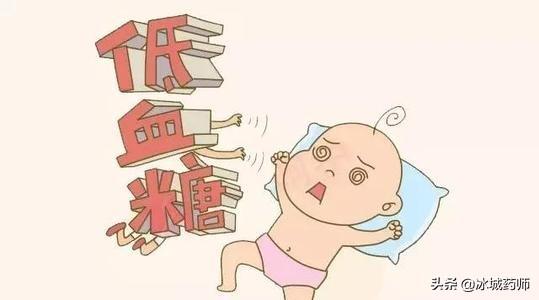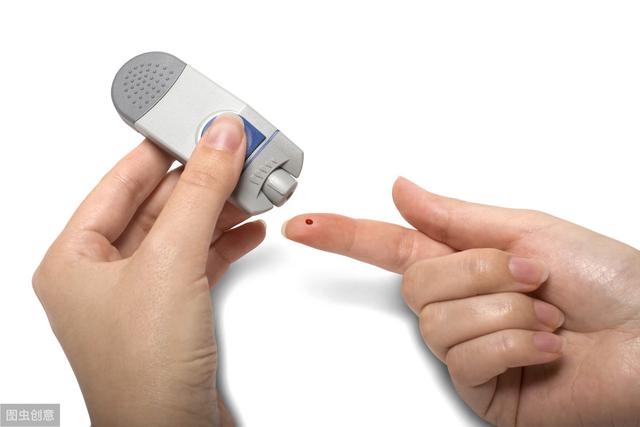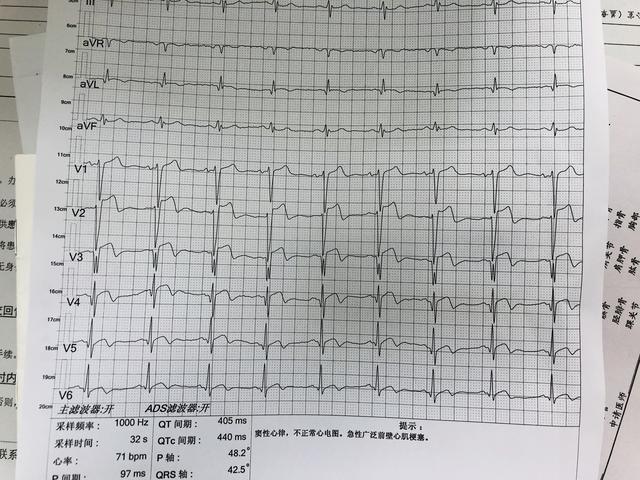Since going to the hospital to get my blood sugar under control, why do I now sweat when I'm hungry?
There's a high probability of hypoglycemia.
If you have been diagnosed with diabetes, and continue to apply glucose-lowering drugs, this situation of sweating when the stomach is hungry, it is likely to be hypoglycemia. Suggestions are as follows:
I. Recognize the symptoms of hypoglycemia:
Is hunger sweating accompanied by symptoms of low blood sugar such as weakness, rapid heartbeat, or shaky hands.
Second, take a fingertip blood glucose test as soon as possible after the symptoms mentioned above.
Look for values below 3.9 mmol/L to further determine if you are hypoglycemic.
C. What can I do if I am sure that I am hypoglycemic?
1、Monitoring blood glucose, according to the drug treatment program, it is best to record the blood glucose 7 times a day under normal diet and exercise, if you can't measure 7 times, you should at least monitor the blood glucose of fasting, before meals or before going to bed.
2. Based on the monitoring record of recorded blood glucose, theTalk to your doctor about adjusting your medication regimen, switching medications or reducing the dosage from the current therapeutic dose.
3, recognize the damage of hypoglycemia on the human body, often irreversible, to pay attention to, carry chocolate, fruit candy bars, if the symptoms of hypoglycemia, please do not continue to exercise, immediately take sugar or fruit juice, staple food, etc. to ease, take 15min after a blood glucose measurement to see if it is still lower than 3.9mmol/L, if lower than the continued correction of hypoglycemia, repeat the above diet, under observation! Repeat the above diet and observe whether the symptoms are relieved.
In conclusion, it is important for people with diabetes to be clear about their glucose-lowering regimen, to look for glucose-lowering medications that tend to cause hypoglycemia, such as insulin, sulfonylureas, and other glucose-lowering medications, and to be aware that both diet and exercise can cause fluctuations in blood glucose.

For diabetic patients, our daily education includes diet, exercise, medication guidance, and one of the most important content is the knowledge of hypoglycemia publicity, we must make sure that patients can know the symptoms of hypoglycemia, how to deal with hypoglycemia.
Hypoglycemia is an emergency in the treatment of diabetes and must be dealt with immediately; if it is not dealt with in a timely manner, there is a risk of impaired consciousness, coma or even loss of life.
As a veteran diabetologist, one of the most common things I tell young doctors is:A single severe hypoglycemia may offset the benefits of good long-term glycemic control.
Therefore, an experienced doctor should always think of the possibility of hypoglycemia in the course of treatment, and should tell the patient to think of checking his blood glucose to rule out hypoglycemia when any discomfort occurs. The symptoms of hypoglycemia are different for everyone; some people are hungry, some have panic attacks, some sweat, and some are mentally disturbed; it is important to be as aware as possible of the symptoms of your hypoglycemia. This requires developing an awareness of the need to test your blood sugar at all times.
When there is hunger and sweating, diabetics who are taking glucose-lowering medications should think about timely blood sugar monitoring. And if they also have regular blood sugar checks during the day, then they can take the initiative to reduce the dosage of their medication when their blood sugar is well controlled and extremely smooth.
The highest level of adjustment of the glucose-lowering program is stable blood glucose, no hypoglycemia, no patient discomfort, good compliance, and economical. However, it should be recognized that hypoglycemia is almost unavoidable in the process of glucose lowering, and just because it is not detected does not mean that it does not occur. Some patients may not feel any discomfort during hypoglycemia, which is often found in clinical blood glucose monitoring.
Of course there are other possibilities to consider, such as:
Acute myocardial ischemia:When patients have acute myocardial ischemia, most of them will have symptoms such as pain in the precordial area, sweating, chest tightness, etc. However, for diabetic patients, due to long-term unsatisfactory blood glucose control and nerve damage, they will manifest painless myocardial ischemia or myocardial infarction, which is very dangerous, and it is only when pain is present that the human body seeks help as a defensive response, and diabetic patients may miss this time, thus losing the opportunity for treatment and leading to the possibility of sudden death.
Stomach disorders:Acute gastritis, gastric ulcer or gastric perforation of the patient, the acute attack, the patient will appear sweating, due to long-term oral hypoglycemic drugs, certain drugs may have a strong mucosal irritation, stimulate the sympathetic nerves, not pain but manifested as sweating, hunger and other states.
In summary: the subject of the question is the greatest possibility of hypoglycemia, of course, does not exclude the possibility of acute myocardial ischemia, acute attack of gastric disease, but hypoglycemia is not the best to exclude, measure blood sugar, if low, quickly eat some sugary foods, and then measure blood sugar, blood sugar back to normal, symptoms improve, then the cause of hypoglycemia. If symptoms don't improve, go to the hospital as soon as possible. The remaining two are emergency, for acute myocardial ischemia, it is recommended to stay at home, call 120 emergency number, apply for a green channel, then can be dealt with as soon as possible.
I'm Dr. Sun, pay attention to Dr. Sun talk about sugar, continue to learn more quality health knowledge, help please like, have questions please leave a message, will reply!
Go to the hospital and see a specialist.
Medications to control blood sugar, prone to hypoglycemic symptoms, monitor blood sugar changes, carry candy with you
Low blood sugar!
hungry
Heart deficiency! You can press the Shaofu point 50 to 100 times, just a few minutes later
Consider the presence of hypoglycemia.
Diabetic hypoglycemia.
This question and answer are from the site users, does not represent the position of the site, such as infringement, please contact the administrator to delete.